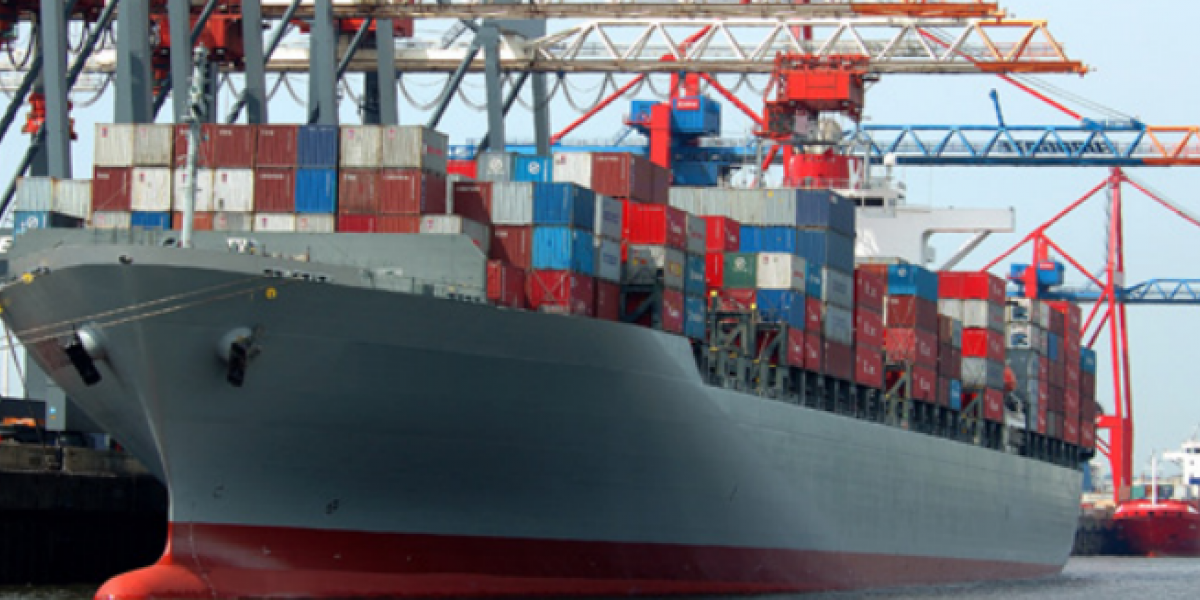Carbon Leakage and Canadian Climate Policy
This concern must be kept in perspective given that the sectors truly vulnerable to competitiveness concerns represent a small percentage of overall GDP in most countries, including Canada. Policy makers must pay careful attention to how vulnerable sectors are identified and design appropriate policy measures to protect those who legitimately require it while still achieving environmental goals.
Key Messages:
• One of the key obstacles to implementing carbon pricing policies in Canada is the concern that energy-intensive and trade exposed (EITE) companies will lose market share to companies located in regions without comparable policies in place, or that these companies will relocate altogether.
• While negative competitiveness impacts are a concern, they must be put in perspective. The sectors truly vulnerable to competitiveness pressures from a Canadian carbon pricing policy represent a small percentage of Canadian GDP. Policy makers must pay careful attention to how vulnerable sectors are identified and design appropriate policy measures to protect those that legitimately require it while still achieving environmental goals. Given that Canada is highly dependent on trade, to avoid any retaliation, it is also important for Canada to implement a policy that does not have a negative impact on its key trading relationships. Putting in place measures to protect domestic firms cannot lead to explicit disadvantage for foreign industries, if retaliatory trade measures are to be avoided.
• While it is necessary to protect domestic EITE sectors, at the same time these sectors are the ones that most need to decarbonise their production processes. A carbon pricing policy compels these sectors to begin this transition, so while protecting them the incentive to decrease their carbon intensity must be preserved.
• The long-term transition to lower carbon intensity is the ultimate strategy for ensuring that Canada’s economy remains competitive in a carbon-constrained world.



